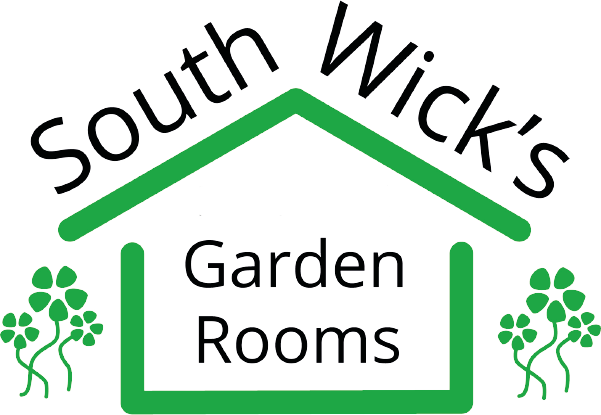Best Roofing Materials For Garden Rooms
Garden rooms have surged in popularity, providing a versatile space that can serve as a home office, gym, studio, or simply a relaxing retreat. One of the crucial decisions in constructing a garden room is selecting the right roofing material. The ideal roof should balance aesthetics, durability, weather resistance, and cost.
Here are some of the best roofing materials for garden rooms:
1. EPDM Rubber Roofing
Advantages:
Durability: EPDM (Ethylene Propylene Diene Monomer) is a synthetic rubber membrane renowned for its longevity, often exceeding 50 years.
Weather Resistance: Excellent at withstanding extreme temperatures, UV radiation, and heavy rainfall.
Low Maintenance: Requires minimal upkeep once installed.
Disadvantages:
Aesthetic Appeal: Typically available in black, which might not suit all design preferences.
Installation: Requires professional installation to ensure proper adhesion and sealing.
2. Metal Roofing
Advantages:
Longevity: Metal roofs, including steel, aluminum, and zinc, can last 40-70 years.
Strength: Resistant to harsh weather conditions, including high winds, heavy snow, and fire.
Eco-Friendly: Often made from recycled materials and fully recyclable at the end of their life.
Disadvantages:
Cost: Higher initial cost compared to some other roofing options.
Noise: Can be noisy during rain or hail unless additional insulation is used.
3. Green Roofing
Advantages:
Environmental Benefits: Provides insulation, reduces rainwater runoff, and promotes biodiversity.
Aesthetic Appeal: Offers a natural, appealing look that blends seamlessly with garden surroundings.
Thermal Regulation: Helps regulate temperature, keeping the room cooler in summer and warmer in winter.
Disadvantages:
Maintenance: Requires ongoing maintenance to ensure plants remain healthy.
Structural Requirements: May need a stronger structural foundation to support the additional weight of the soil and vegetation.
4. Shingles (Asphalt, Wood, and Composite)
Advantages:
Variety: Available in various materials, each offering different aesthetics and properties. Asphalt is cost-effective, wood provides a natural look, and composite offers durability.
Ease of Installation: Relatively simple to install, especially asphalt shingles.
Cost: Asphalt shingles are one of the most affordable roofing materials.
Disadvantages:
Lifespan: Varies widely; asphalt shingles typically last 20-30 years, while wood and composite can last longer with proper maintenance.
Maintenance: Wood shingles require regular maintenance to prevent rot and insect damage.
5. Polycarbonate Roofing
Advantages:
Lightweight: Easy to handle and install without requiring additional structural support.
Light Transmission: Allows natural light to filter through, reducing the need for artificial lighting.
Durability: Impact-resistant and suitable for areas prone to hail.
Disadvantages:
Insulation: Provides limited thermal insulation, which may affect temperature regulation.
Aesthetic Limitation: Often less attractive compared to traditional roofing materials.
6. Clay and Concrete Tiles
Advantages:
Longevity: Can last over 50 years with proper maintenance.
Fire Resistance: Non-combustible, providing excellent fire resistance.
Aesthetic Appeal: Offers a traditional, attractive look with various color and style options.
Disadvantages:
Weight: Heavy, requiring a robust structural framework to support the load.
Cost: Higher initial cost and more complex installation process.
Conclusion
When choosing the best roofing material for your garden room, consider factors like longevity, maintenance, aesthetic appeal, and cost. EPDM rubber and metal roofing are excellent for durability and low maintenance, while green roofing and clay tiles offer unique aesthetic and environmental benefits. Polycarbonate is ideal for light transmission, and shingles provide a versatile and cost-effective option. Ultimately, the right choice will depend on your specific needs, budget, and design preferences.

